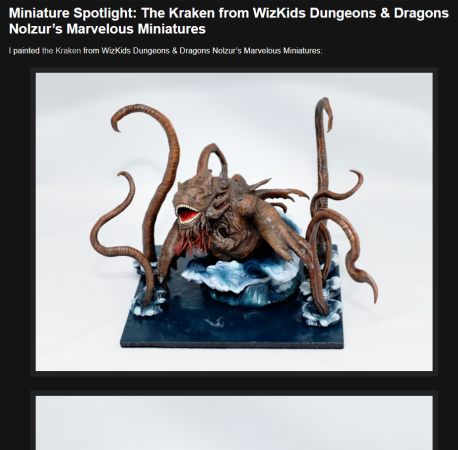On Day Three, I experimented further with adding black paint to the plaster. I tried differing amounts of plaster to water, differing amounts of paint. No particular success to report. The blocks just seem softer, have a sticky quality when they come out of the mold, are taking longer to set and to dry.
On Day Four, I finally gave up on color and went back to the "no name" plaster - and it felt like coming home! Hands down, this is the easiest plaster I've found to work with - mixes easily, scrapes accurately. If only it was more durable, and not so white...

However, it is also becoming apparent that I'm falling behind schedule - and that I'm far better at producing finished floors than walls!

There has to be a better way...
Commenting on an earlier part of this series, System Crash wrote:
Bill, you could always make a mould of the completed pieces of dungeon and eliminate the mould line breaking problem that I also get with the plaster sometimes.
Well, that thought had crossed my mind as well, which is why I had already placed an order with Micro-Mark for some moldmaking supplies:

I'm following fairly closely to the moldmaking instructions from the comprehensive Hirst Arts website.
I've decided to make a mold of the most common dungeon module my randomly generated design needs: a straight corridor piece. (I could have tried making a mold for just the floor or the walls, but I thought it'd be interesting to see if I could make a mold for the entire piece.)
I seal the piece by giving it three coats of Apple Barrel Black, let it dry, and glue it to the bottom of a cheap plastic container.


I measure equal amounts of the two rubber liquids, Part A and Part B...

Then mix them together (with a paintbrush handle) in a third plastic cup...

...and slowly pour it into the plastic container. And it's not enough, so I mix up a little bit more (I've used about 40% of my rubber supplies on one mold!).

Four Hours Later

As the coins demonstrate, the rubber has now hardened. To my delight, the rubber pops easily out of the plastic container:

Some of the rubber managed to flow "under" the dungeon floor, but with a little patience, I'm able to extricate the original plaster piece from the rubber. (Note that some of the rubber stuck in the seams between the bricks - oh well...)

Let's Try It Out!
So I mix up a batch of plaster, and pour it slowly into the mold...

And the result:

OK, so I broke the piece getting it out of the mold. But it's easily fixed! (With practice, I learn the technique to get the pieces out of the mold without breaking them: pull back the sides of the mold to let air in between the dungeon floor and the mold, then you can pull the part out in one piece.)
Making this straight corridor piece would normally require two castings of the Gothic Dungeon Builder mold, plus two castings of the Floor Tiles Various Sizes mold (it uses nine standard tiles, and the mold makes 7 tiles per casting). So this mold should be a significant time saver.
On the downside, this mold is prone to catching small air bubbles - they like to stick in the seams between the bricks. However, the imperfections are small, so I think I can live with them...








